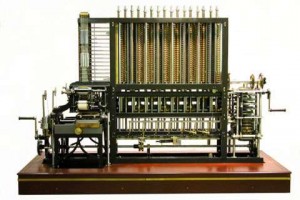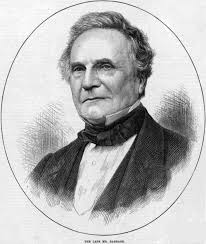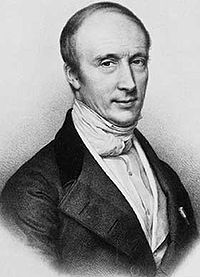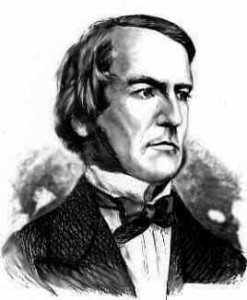Simultaneous with the advancement of the various fields of Science during the Victorian era (1837 – 1901), Mathematics as a discipline further advanced into a more abstract approach. Several notable scholars from the empire of the Great Britain were among many other intellectuals who initiated forward thinking in Victorian Mathematics.

Key Mathematicians and their discoveries

Charles Babbage (1791 – 1871) was one of the predominantly advanced thinker and mathematicians during the Victorian era and even in the history of mathematics. His primary contribution, analytical engine, had become the benchmark towards inventions concerning machine-automated calculations such as the calculator. Babbage’s influence today’s digital devices possible.
It was because of his analytical engine that our daily digital companions – computers, smartphones, game consoles, and televisions, among others – became programmable as to perform their mandated duty. Further, Babbage was known for his 1827 Table of logarithms of natural numbers from 1 to 108000 that had become a primary mathematical reference until the end of the Victorian 19th century.

Augustin-Louis Cauchy (1789 – 1857) was French mathematician respected to be one of the pioneers of Mathematical analysis during the Victorian Era Mathematics. Cauchy was the first thinker to verify the propositions and theorems of calculus that implied the rejection of the former principles of Algebra researched by earlier authors.
Due to his incessant research and ingenuity, Cauchy almost arrived at the complex analysis on the study of permutation groups in abstract Algebra. Overall, Cauchy was able to produce over 800 research articles and 5 complete textbooks in his lifetime and Mathematics history. Like Charles Babbage, Cauchy’s works had numerous influences over his successors and contemporaries alike, ranging from both Mathematics and Mathematical physics.

George Boole (1815 – 1864) was a philosopher, logician, educator, and mathematician. He had become well known because of his authored books –Mathematical Analysis of Logic in 1847 and The Law of Thought in 1854 – where the concept of Boolean Algebra was thoroughly mentioned and discussed.
Boolean Algebra became a fundamental theory in the development of digitial machines such as computers, digital cameras, and smart-phones as it had become today’s primary programming language. Further, Boolean Algebra is being used today in set theory, statistics, logic, and other technological and programming studies.
Indeed, there was a breakthrough in Victorian Era Mathematics. Many of the aforementioned discoveries led to the inventions of most digital creations that we know today.